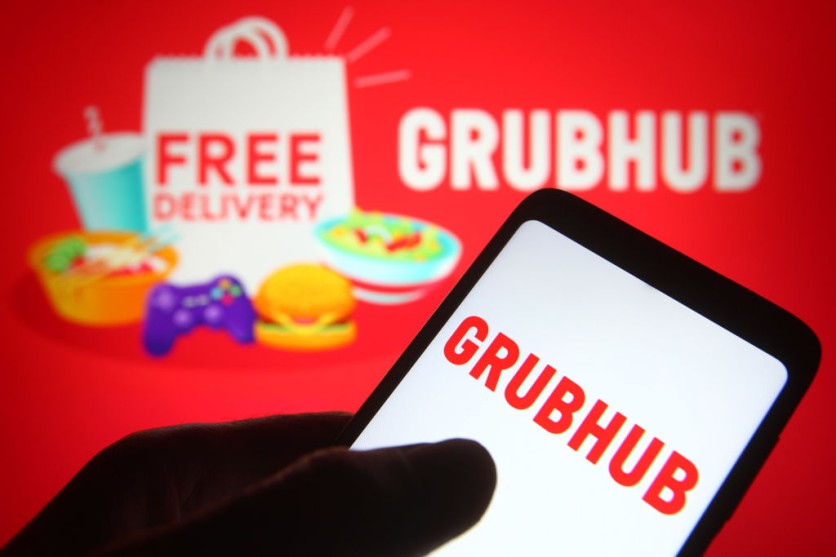
Grubhub and Yandex, a Russian self-driving startup, have teamed up to use robots to deliver food on college campuses in the United States.
The project represents the latest deal that envisions hundreds of self-driving robots that will act as roving lunchboxes on college grounds in cities across the US.
Grubhub and Yandex Roving Lunchboxes
The robot-powered delivery service won't start until August when college students are expected to return to their respective campuses.
Yandex, which is called Russia's version of Google, is assigned to operate the robots. It will also handle the entire food delivery process.
Grubhub, on the other hand, will serve as the platform for the delivery transactions. Grubhub has partnerships with more than 250 college campuses in the country.
Grubhub stated that the company would save a lot of money by removing delivery workers from the process. Both companies refused to disclose the financial terms of their partnership.
Brian Madigan, the vice president of corporate and campus partners at Grubhub, said in a statement that the project is cost-effective, fast, and scalable.
The delivery capabilities of the robots to colleges and universities across the country can adapt to the unique dining needs of the students.
Yandex stated that its robots could easily navigate roads, crosswalks, pavements, and pedestrian areas. The robots can reach campus areas that can't be accessed by car. This makes it more efficient than the traditional delivery service has limited access to certain areas.
The company added that the functionality enables the robots to handle delivery jobs usually performed by delivery workers, and the robots can provide efficient last-mile logistics automation.
Robots in Food Delivery Services
Food delivery through robots is not unheard of in the United States. Numerous startup companies are operating delivery robots of different sizes.
Udelv, for example, operates full-sized minivans, while Amazon and Starship have robots that are similar to that of Yandex's.
Postmates launched their own delivery robot called Serve that can carry around 50 pounds of cargo for miles. Nuro, another delivery robot, is a mini-robotic car that can also deliver items for hundreds of miles.
All of these robot delivery services claim to be autonomous, but there are still human monitors attached to them to track their movements.
Since the pandemic in 2020, the demand for delivery robots has increased. However, it remains to be seen whether that holds up as the economy slowly reopens and fewer people rely on food delivery services as dining in restaurants is now allowed.
Delivery services use robots to cut down on labor costs and achieve profitability. Earlier this year, DoorDash acquired Chowbotics, a salad-making robot startup.
Despite the progress, a lot of people pointed out that the trend could affect thousands of workers who are relying on delivery services as their source of income.
A 2018 report showed that job losses are the main concern of Americans regarding robotic delivery.
However, according to the United States Postal Service's Office of the Inspector General, the use of autonomous mobile robots for the delivery of mail and other services is still too economically and technologically immature.
The Postal Service also added that it can't be as effective right now, especially for independent robot delivery applications.
Related Article : Class-Action Lawsuit Filed Against Grubhub, DoorDash, and Uber Eats For Charging "Exorbitant" Convenience Fees Due To Coronavirus Pandemic
This article is owned by Tech Times
Written by Sophie Webster
ⓒ 2025 TECHTIMES.com All rights reserved. Do not reproduce without permission.




